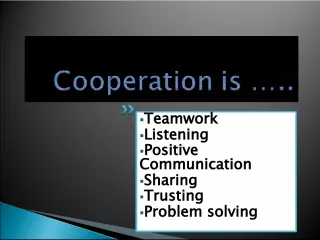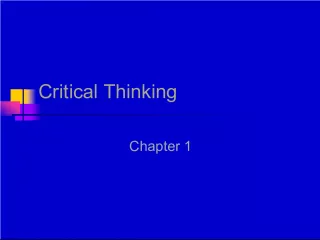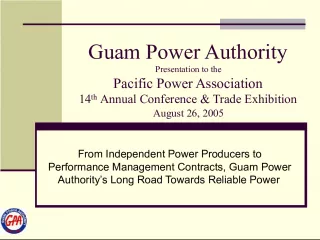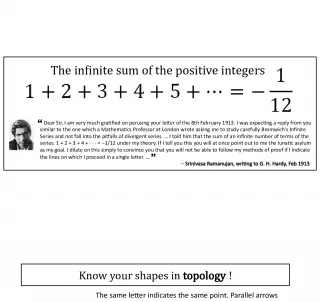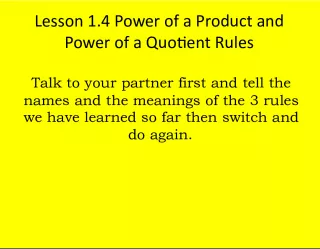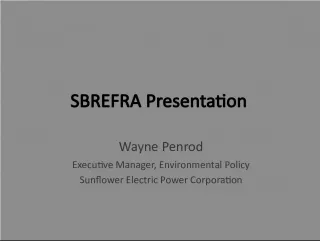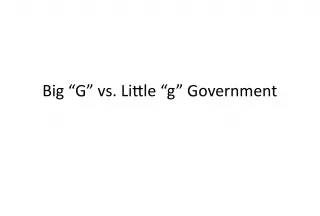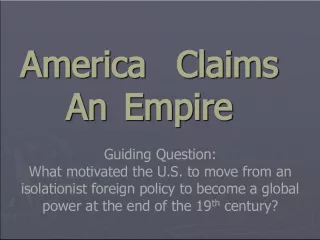The Power of Positive Thinking
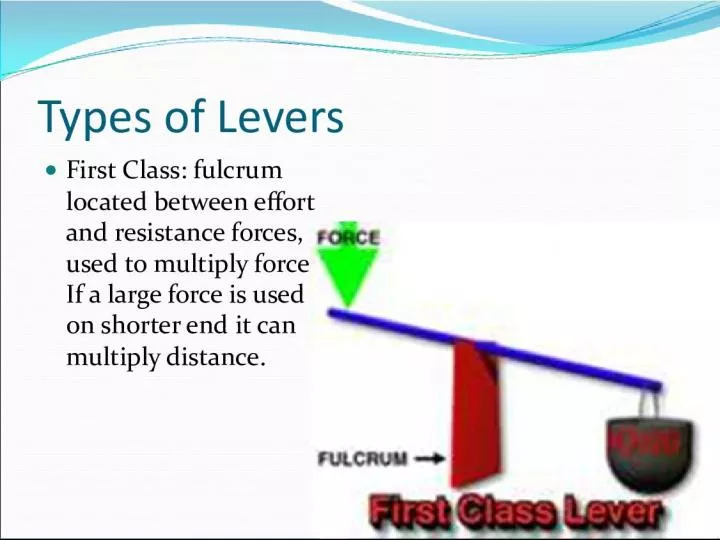

The Power of Positive Thinking is a self-help book written by Norman Vincent Peale. It teaches readers how to overcome negative thoughts and attitudes by developing a stronger belief in oneself, God, and the power
- Uploaded on | 8 Views
-
 polyan
polyan
About The Power of Positive Thinking
PowerPoint presentation about 'The Power of Positive Thinking'. This presentation describes the topic on The Power of Positive Thinking is a self-help book written by Norman Vincent Peale. It teaches readers how to overcome negative thoughts and attitudes by developing a stronger belief in oneself, God, and the power. The key topics included in this slideshow are . Download this presentation absolutely free.
Presentation Transcript
Slide1Types of Levers First Class: fulcrum located between effort and resistance forces, used to multiply force. If a large force is used on shorter end it can multiply distance.
Slide2More first class levers…
Slide3Second Class Lever Resistance is located between the effort force and the fulcrum, always multiply the force
Slide4More second class levers…
Slide5Third class levers The effort force is located between the resistance force and the fulcrum. Effort arm is always shorter that the resistance arm Can’t multiply force and it’s MA is always less than one.
Slide6More third class levers…
Slide7Pulleys Works like a first class lever, uses a rope instead of a bar and the axle acts like the fulcrum. Two sides of pulley are the effort arm and the resistance arm. Fixed: can change the direction of force but doesn’t multiply the effort force Movable: multiplies the effort force, MA >1 effort distance must be greater to conserve energy.
Slide8Using machines A combination of two or more simple machines is a compound machine. Ex) axe- wedge & lever Bicycle: Overall mechanical advantage is the ratio of the resistance force exerted by the tires on the road to the effort force exerted by the riders feet.
Slide9use at least four steps to design a device that performs a simpletask. Draw it out. Use simple or compound machines.
Slide10Efficiency A measure of how much of the work put into a machine is changed to useful work put out by a machine. Efficiency= W out X 100% = F r X d r W in F e F e Machines can never reach 100% efficiency
Slide11Gravitational Potential Energy PE = mgh Mass, m = Height, h= Free-fall acceleration, g= 9.8m/s 2 Ex) a 65 kg rock climber ascends a cliff. What is the climber’s gravitational potential energy at a point 35m above the base of the cliff? M=65 kg h= 35 m g= 9.8 m/s 2 PE= (65 kg)(9.8 m/s 2 )(35m) = 2.2 x 10 4 J
Slide12Practice: Calculate the gravitational potential energy in the following systems: A car with a mass of 1200 kg at the top of a 42 m high hill A 65 kg climber on top of Mt. Everest (8800 M high) A 0.52 kg bird flying at an altitude of 550 m
Slide13Practice: Lake Mead, the reservoir above Hoover Dam, has a surface area of approximately 640 km2. the top 1 m of water in the lake weighs about 6.3 X 10 12 N. The dam holds that top layer of water 220m above the river below. Calculate the gravitational potential energy of the top 1 m of water in Lake Mead. PE=(6.3 X 10 12 N)(220 M)
Slide14Practice A science student holds a 55 g egg out a window. Just before the student releases the egg, the egg has 8.0J of gravitational potential energy with respect to the ground. How far is the student’s arm from the ground in meters? h = PE/mg PE=8.0 J m = .055kg g= 9.8 m/s 2 15m
Slide15Practice A diver has 3400 J of gravitational potential energy after stepping up onto a diving platform that is 6.0 m above the water. What is the diver’s mass in kilograms? M= PE/ gh PE= 3400 J g = 9.8 m/s 2 h = 6.0 m 3400J/ (9.8 m/s 2 )(6.0 m) = m =58 kg
Slide16Bonus: A spider has 0.080 J of gravitational potential energy as it reaches the halfway point climbing up a 2.8 m wall. What is the potential energy of the spider at the top of the wall? (hint- you don’t need to find the mass!) 0.16J
Slide17Bonus: A 0.50 g leaf falls from a branch 4.0 m off the ground to a bird’s nest 2.5 m off the ground. How much gravitational potential energy did the leaf lose? 0.0074 J
Slide18Kinetic Energy KE = 1/2mv 2 What is the kinetic energy of a 44 kg cheetah running at 31 m/s? mass, m= 44 kg speed, v= 31 m/s KE = ? KE = 21000J
Slide19Practice: Calculate the kinetic energy in joules of a 1500 kg car moving at the following speeds: 29 m/s 18 m/s 12 m/s
Slide20Practice A 35 kg child has 190 J of kinetic energy after sledding down a hill. What is the child’s speed in meters per second at the bottom of the hill? 3.3 m/s A bowling ball traveling 2.0 m/s has 16 J of kinetic energy. What is the mass of the bowling ball in kilograms? 8 kg
